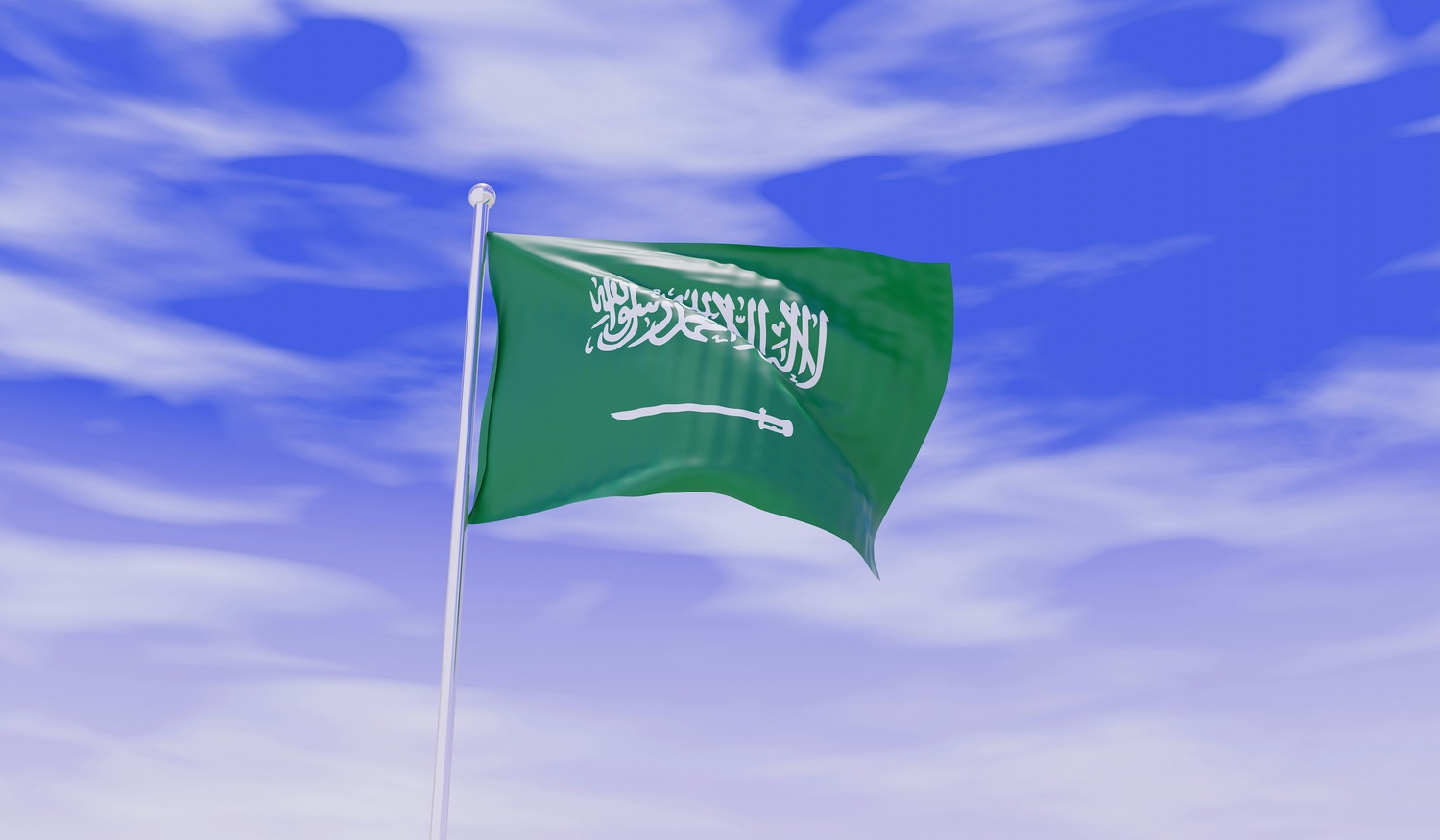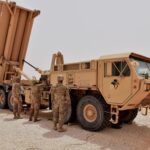Washington has alerted Congress to a possible $2.9 billion Foreign Military Sale that bundles fresh M1A1 Abrams tanks with a fleet-wide rebuild for every Saudi M1A2. The Royal Saudi Land Forces want fifty-eight surplus M1A1 hulls, plus the teardown and refit of the 315 M1A2s already in service. All 373 vehicles would emerge as a single “M1A2S” standard that folds Saudi-specific cooling, power, and fire-control tweaks into the U.S. Army’s own Abrams Integrated Management reset line.
The notice stresses that the deal is not yet a contract. Congress has thirty days to object, though similar armor cases in 1989 and 1990 cleared without a vote. U.S. officials call the upgrade a routine step that keeps a close partner aligned with American logistics and training pipelines. Riyadh will pay cash from national funds; no U.S. financing is involved. A similar approach drives the Trophy upgrade against top-attack threats adopted by other operators.
Three work stages frame the plan:
- First comes a thirty-month engineering phase that locks down drawings, Arabic-English manuals, and software loads.
- Second, the fifty-eight U.S.-stock M1A1s move through the Lima Tank Plant in Ohio and Anniston Army Depot in Alabama for a full “AIM-like” strip, weld repair, and electronics insertion.
- Third, Saudi crews and General Dynamics Land Systems technicians tear apart 315 in-service M1A2s at Al-Kharj, ship key modules back to U.S. depots, and rebuild the hulls on a new line outside Tabuk.
When the dust settles the kingdom will field a single digital fleet and retire its last analog fire-control cards.
Comprehensive M1 Abrams Upgrade Program
The hardware package list includes:
- Power-pack conversion kits with electronic fuel control and desert air-filter plenums
- Second-generation thermal imagers for both commander and gunner
- New wiring looms that swap analog bundles for twin 1553 and CAN data buses
- AN/VRC-92F radios with secure-voice modules and spare crypto cards
- Depot-grade spares, turret-drive actuators, hydraulic packs, and recoil assemblies
- Classroom trainers, gunnery simulators, and mobile turbine training rigs
- Twelve U.S. government and forty-five contractor advisers rotating through Saudi facilities for up to eight years
Saudi Arabia Tanks Fleet Modernization
The M1A2S label signals more than cosmetic tweaks. Designers add blast liners inside the turret ring, dust-proof blow-off panels over intake grilles, and a 10-kilowatt auxiliary power unit for silent watch. A hotter, drier Gulf climate forced a rethink on cooling: radiators gain an extra pass channel, and turbine inlet temps drop by nearly 20 °C during long idle periods on the Yemeni border.
While the notice sits on Capitol Hill, Saudi planners point to a broader payoff. Common part numbers mean U.S. pre-positioned spares in the region can backfill Saudi stocks if a crisis erupts. Shared software baselines also let Saudi crews plug straight into U.S. digital gunnery ranges during Allied Spirit and Bright Star exercises. The upgrade keeps regional tank ratios stable; Israel, Kuwait, and Egypt already run Abrams variants, and Iraq fields earlier M1A1s.
Training follows the hardware. Crew commanders will study at Fort Benning for twelve weeks, then qualify on new thermal sights at Anniston. Turbine specialists take a six-week course on the AGT-1500C hot-section swap. A mobile training team, built around veteran U.S. Army 19K master gunners, stays in the kingdom through initial operational test and evaluation. Similar training on Western tanks has been observed in Ukraine as well.
Beyond the shop floor, the project seeds a local sustainment hub. A joint venture warehouse at Al-Kharj will host serialized inventory control built on Oracle applications and Saudi customs data. Officials claim the new system will cut repair turn-round time by forty percent once spare lines stabilize.
Earlier Saudi armor buys set the stage for today’s reset. The 1989 package brought in 315 M1A2s, 30 M88A1 recovery vehicles, and a host of trucks for $725 million. Another notice in October 1990 added 150 M1A2s plus Bradley Fighting Vehicles and TOW missiles, then valued at $3.2 billion. Riyadh now fields one of the world’s largest Abrams fleets and wants it to stay lethal through the 2030s. Romania’s M1A2 buy earlier this year followed a similarly structured sale.
Saudi M1A2 SEP v3 Digital and Mechanical Enhancements
Digital and mechanical changes stack up as follows:
- Hull side modules switch from baseline steel-ceramic to inserts with graphite matrix liners
- Turret drive motors shift to brushless designs for smoother elevation tracking
- Thermal sensor arrays jump from 480×4 to 640×4 elements
- Data-bus redundancy doubles, letting crews isolate faults without losing all displays
- A wired-in prognostic health module logs vibration, fluid temps, and power loads for predictive maintenance
The refit covers combat punch too. Saudi gunners will fire the M829A3 depleted-uranium round once local ranges add new backstops, yet most live-fire work still trains on HEAT-MP and multi-purpose programmable ammunition. DSCA officials say missile-resistant side skirts remain classified and will be installed only under U.S. oversight.
No offsets ride with the deal; General Dynamics receives the prime award. However, Riyadh will handle armor plate sub-assembly at its own Military Industries Corporation plant, a first for a nation that long relied on foreign welds. The move dovetails with Saudi Vision 2030 goals that push local content above fifty percent for big defense buys.
Congressional staffers expect little pushback. The tanks replace no U.S. stocks deemed critical, and American crews benefit when allies share the same manuals. If the package clears, the first upgraded Saudi M1A2S could roll out of Lima eighteen months after contract signature.
The notice ends on a boilerplate note: the sale “will not affect the basic military balance in the region” and “poses no adverse impact on U.S. defense readiness.” The real measure of success, though, lies in depot output and how fast Saudi crews absorb a digital backbone designed for a colder climate.
M1A2 SEP v3 Integrations – Update March 2025
The Royal Saudi Land Forces now field just over 575 Abrams, every one rebuilt to the S standard, and the line shut down a full year ahead of the plan drawn in 2006. Industry executives at IDEX 2025 credit disciplined funding and a steady ship pipeline from the U.S. depots. Saudis accepted the last hull in January, then used the freed shop space to launch a local life-extension line for engine hot-section kits.
Saudi Arabia Tanks Reinforced by M1A2 SEP v3 Reset
Progress did not stop with the baseline. A group of fifteen tanks from the 3rd Armored Brigade carried Israeli-made Trophy-M active protection kits into the border belt near Najran for thirteen months. After multiple live shots against inert Kornet missiles, brigade staff endorsed fleet-wide adoption. A funding wedge in the 2026 budget will cover factory-fit mounting rails, new power converters, and reload launchers. Rafael’s engineers say the latest “top-attack” software load beats drone-dropped bomblets, a threat that did not exist when Saudi planners drew the 2006 blueprint.
Combat losses shaped other changes. Between 2016 and 2019 at least two dozen Saudi Abrams fell to Kornets fired from Yemen. Field welders responded with wire-mesh cages welded over rear fuel bays, plus side-skirt reactive bricks pulled from decommissioned M60s. Those ad-hoc fixes have now matured into a desert-slat kit produced by GDLS in Sterling Heights. Panels arrive as flat packs, bolt on in under four hours, and add only 800 kilograms per tank.
Riyadh also asked Washington for a costed path to the M1A2 SEP v3 baseline after Saudi observers watched U.S. troops demo the variant during Exercise Friendship 25. The request covers improved commander’s independent thermal viewers, embedded power distribution boxes, and line-replaceable prognostics. U.S. pricing landed in January 2024. Negotiations continue over whether Saudi crews can keep the same classified armor inserts used on U.S. tanks, but Pentagon sources hint the final tab will sit well below a new-build price.
M1 Abrams Upgrade Spurs Depot Sustainment Leap
Local sustainment turned a corner last year when the joint depot at Al-Kharj moved from contractor to Saudi management. A new Oracle-based inventory tool tracks every serial-numbered part from arrival to scrap. Turbine module swap time fell from sixteen to nine hours, and operational readiness across the heavy brigades climbed from 71 percent in 2020 to 88 percent last month. Depot chiefs say the next step is a regional parts warehouse at King Khalid Military City to cut convoy miles on desert highways.
Funding lines remain strong. The Council of Ministers cleared $250 million in fiscal 2024 for spares, turbine blades, and gunnery-trainer software. A follow-on sustainment case with GDLS, covering 2026-2030, should shave yearly costs as failure-rate data feed into predictive models.
New hulls keep trickling in as well. The U.S. Army delivered a second batch of 153 refurbished M1A2s during 2021, many drawn from war-reserve stocks. Those tanks moved through Saudi depots by mid-2024, giving the kingdom enough depth to stand up a fourth Abrams brigade and still keep a heavy battalion on rotation to border duty.
Commanders now claim a four-hour call-out time for a full tank battalion, half the response seen in 2015. They credit cell-tower upgrades, pre-packed ammunition pallets, and the digital backbone that lets units load route data straight into the tank’s mission computer.
Looking ahead, planners weigh whether to buy new hulls or lean into deeper modernization. The U.S. Army’s M1E3 program, announced last month, offers an open-architecture turret and lighter composite armor. Saudi officers watch that effort but stay cautious; shedding extra weight helps on roads yet could limit survivability against top-attack drones that dominate Gulf news feeds.
No matter the decision, Riyadh sees the Abrams as the heart of its heavy forces through at least the mid-2030s. The tank’s turbine copes with heat, the gun fires NATO ammunition already in storage, and shared hardware keeps joint drills with U.S. units simple. Twenty-nine years after the first notice, the partnership still rides on tracked steel, turbine whine, and a database full of part numbers identical from Michigan to the Empty Quarter.
REFERENCE SOURCES
- https://www.visualcapitalist.com/the-worlds-largest-combat-tank-fleets-in-2025/
- https://www.dsca.mil/press-media/major-arms-sales/saudi-arabia-m1a1-and-upgrade-m1a2-m1a2s-abrams-tanks
- https://www.armyrecognition.com/news/army-news/army-news-2022/saudi-arabia-received-153-additional-us-m1a2-main-battle-tanks-mbts-at-the-end-of-2021
- https://www.army-technology.com/news/newsgdls-supply-additional-m1a2s-abrams-tanks-saudi-arabian-army/
- https://www.defensenews.com/global/mideast-africa/2024/10/08/trophy-vehicle-defense-system-gets-top-attack-upgrade/
- https://www.congress.gov/crs-product/IF12495
- https://www.army-technology.com/projects/abrams-m1a2-sepv3-main-battle-tank/?cf-view
- https://www.army.gov.au/equipment/vehicles-and-surveillance/m1a2-abrams-tank



